Público -
Group Exhibition
October 24 – November 5, 2024
Xico Inc Gallery
Cala Alliance presents Publico, an exhibition displaying contemporary artworks that promote social discourse on the movement to the ballot. With the heightened political climate we are presented with, we face the most potent time for voices to speak on their expression and create strong opinions through creative outlets to set goals and confront conflict in the hopes we prosper to achieve.
From installation, printmaking, and textiles- 6 international and local artists create a group that inherits the identity of protesting and exercising their cultural/political expression. Being the generation that lived through COVID-19 and experienced unfair political treatment regarding race, immigration, environmental justice, and natural rights, we have something to say and a movement to uphold. Speaking volumes through contemporary art is the big challenge we must communicate as it shall set the standards for the movements we are actively defining and working towards finding fair solutions to.
What does art here have to say about finding possible solutions? In one form we can see how printmaking has given artists a community of support through a medium in which they can resourcefully make their message heard in studios like XICO. With this exhibition focusing on the upcoming election it is vital to get young people and the BIPOC community to be informed and encouraged to vote. This is promoted through Bronsons Soza’s linocut prints, Vote 1-4. As free media and art to take home, the role of contemporary art transforms into a larger scope of accessibility made by the people for the people. Informing activism through practices passed down through generations makes a difference in artistic expression and continued preservation of showcasing a cultural practice of Latinx and Chicano people.
Leonor Aispuro’s Camisa and Bolsa de Fil display an ancestral upbringing of their familial history of migrational stories and depict the obstacles or daily objects we should consider as having more significance to relevant topics involving immigration rights. In this telling of family history, there is a tactic to include these stories also as historical data of our activism.
Each artist with an introspective viewpoint communicates the liberation they hope to see in governmental systems or that coincides with their local community. Through a video performance titled, Border Patrol Checkpoint ASMR, Steffi Faircloth sets a boundary of treatment and exploits the harassment and absurdity of border checkpoints. Alex Macias also portrays a sense of criticism with his piece outlining the words life, liberty, and happiness as pursuits not just as an American theme but one that also weaves into multiple ethnicities and questions if these pursuits are possible. Each artist has the will to activate expression, the substance of their message also holds the responsibility of conveying empathy to assimilate with members of the same experience. That is what Steffi Faircloth and Alexis Macias can recognize in the expression that most people experience when going through the unethical practices of proving one’s nationality or assigning a critique to an experience not everyone has like Life, Liberty, Happiness. Growing empathy through works to assimilate with the population unable to express the same problems is the benefit of political expression shared here. In an abstract form of expression, contemporary art also educates in this area with Morgan Leigh’s With The Certainty of Thunder Surrounding Us and Your Feather Fingers reflecting emotive responses to the viewer with the physical nature of each piece provoking us to expand on the suggestive titles and pieces.
Artists feel engaged with the conflicts outside of their own experience. Phil Steverson demonstrates with a quilted bandana manufactured by different races to reflect a collective viewpoint on demographics. All Roses Succumb Death includes the homogenous contributions that collective cultures provide to express political conflicts as a problem an individual faces and as part of collective experiences.
Throughout continued bodies of works and the curation of this show, we can identify that each individual reaches a free capital with their expressive qualities either clearly identifying their ethnic background or being abstractly represented. This act alone is a step towards a free capital within the individual and stepping out of the bounds of being labeled as a marginalized artist. Activism has proved to be an effective tactic for public forums to address conflicts and propose possible solutions thus demanding that the civil community is not below a margin but at an advantage.
If we measure the outcomes of our past to predict our future we can find solutions to our public relations. The positive advancements we are making through contemporary art are addressing these relations by displaying the artist’s involvement in the activism and documenting it so that it also becomes our past and turns to reference knowledge of our progression towards future outcomes. Why does contemporary art fit here? It is through the creators that these small gestures like promoting art and public organization provide exclusive experiences to groups without the same advantages to share the same knowledge and experience.
Words by Marc Basil
Featured Artists
Phil Steverson
Morgan Leigh
Alex Macias
Steffi Faircloth
Leonor Aispuro
Saul Millan
Bronson Sosa
“Publico” is organized by CALA Alliance, with Local Curators Francisco Diaz, and Saul Millan and made possible by generous funding from Center for Cultural Power. The exhibition is presented in collaboration with Xico Inc.












